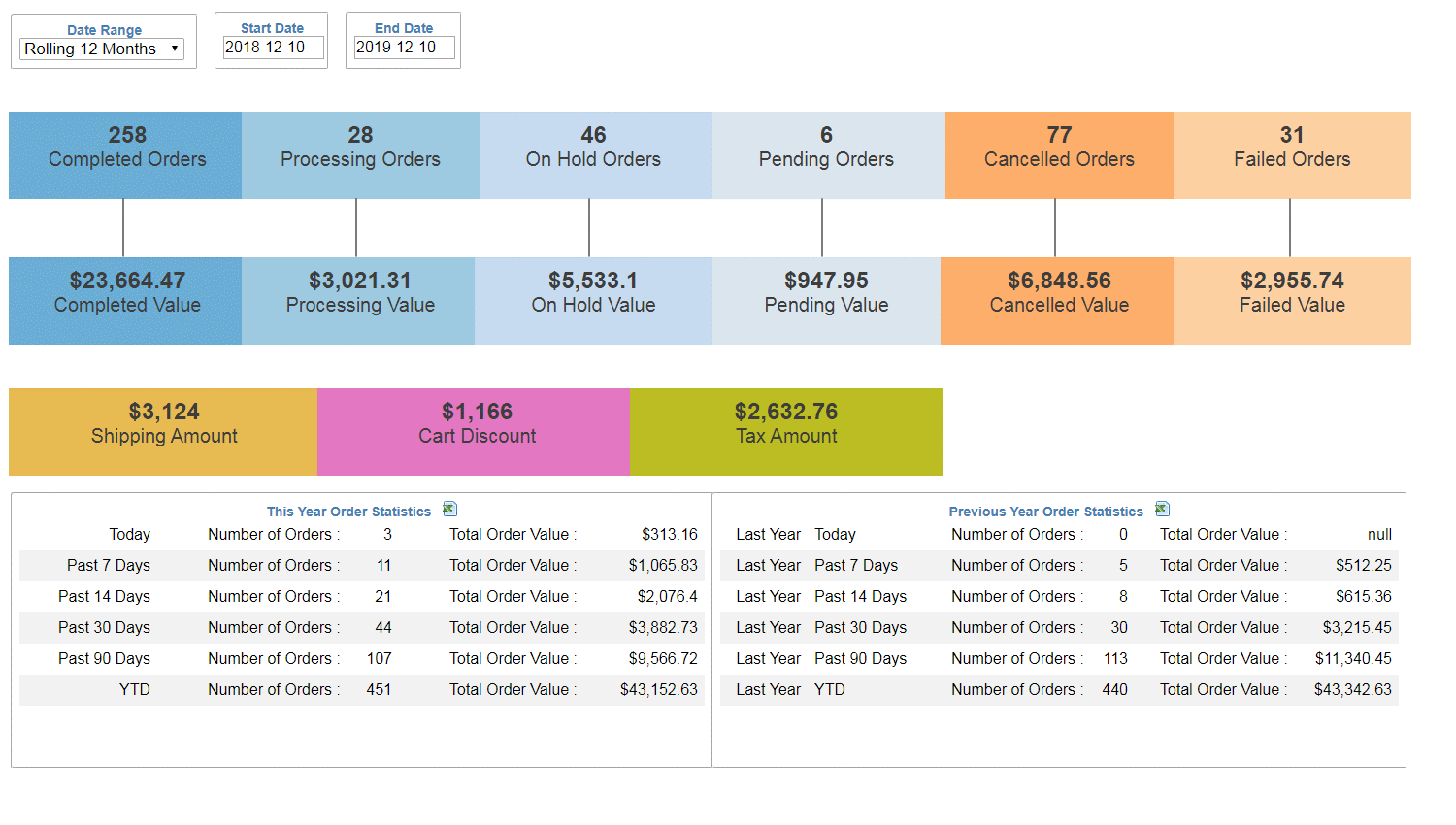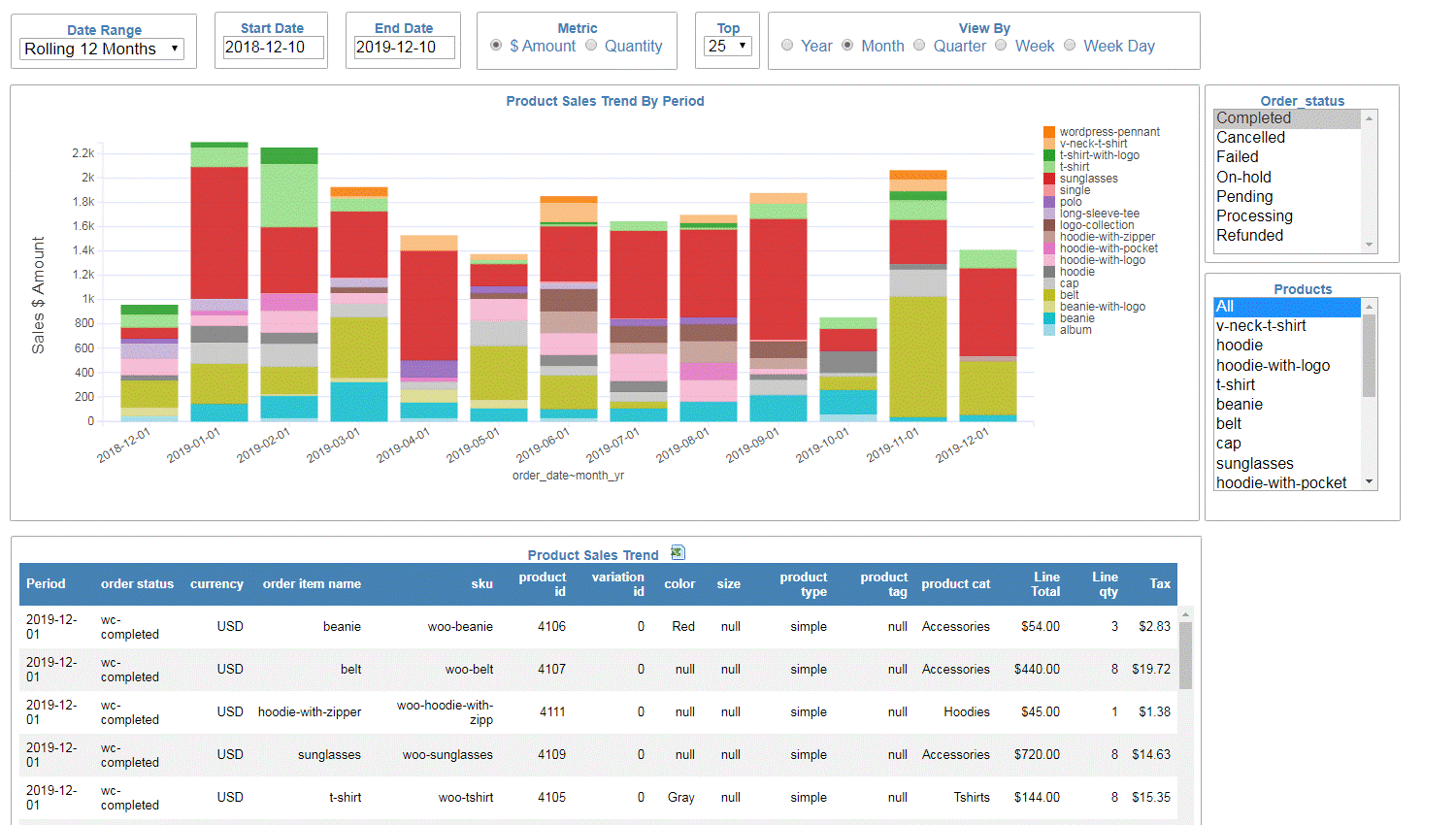How the Right WooCommerce Analytics Can Help Your Store Thrive
Running an online store can be exhilarating, but it’s not without its challenges. One of the biggest hurdles store owners face is understanding their data.
That’s where WooCommerce analytics come into play. With the right analytics in place, you can gain invaluable insights that help your store not only survive but truly thrive. Let’s dive into how this can be achieved.

Understanding the Basics of WooCommerce Analytics
Running a WooCommerce store involves juggling many balls at once, but one of the most critical aspects that should never drop is understanding your store’s analytics. In this section, we’re going to break down the basics of WooCommerce analytics, what they entail, and why they’re absolutely essential for the success of your online business.
What Are WooCommerce Analytics?
WooCommerce analytics encompasses a variety of tools and methods used to track, interpret, and report the wealth of data generated by your online store. This data can range from transactional metrics, such as sales and revenue, to customer interactions, including session durations and conversion rates.

The Importance of Data-Driven Decisions
In the digital age, making decisions based on gut feeling alone is a gamble few can afford. Data-driven decisions, on the other hand, minimize risk and maximize potential by providing concrete evidence to support your business moves.
Core Metrics Every Store Owner Should Monitor
To stay on top of your business, certain key performance indicators (KPIs) should always be on your radar:
- Sales Performance:Tracking sales over time helps identify growth trends and periods that may need additional attention.
- Customer Behavior:Understanding how customers interact with your store allows for better product placement and marketing strategies.
- Site Traffic:Knowing where your visitors come from and what they do on your site is essential for optimizing user experience and conversion rates.
- Inventory Levels:Keeping an eye on stock helps avoid overselling or excess inventory, both of which can hurt your business.
- Order Management:Efficiently tracking order status, returns, and shipping ensures customer satisfaction and repeat business.
Analytics as a Tool for Growth
Far from being just a report card of past performances, analytics is a tool for proactive growth. They can help forecast future trends, inform new product lines, and even suggest new markets to explore. In the next sections, we’ll delve deeper into how leveraging the right WooCommerce analytics can propel your store to new heights.
Understanding Your Audience
Detailed customer analytics provide a deeper understanding of who your customers are and what they want. This knowledge enables you to personalize the shopping experience, making it more engaging and targeted.
Enhancing Customer Retention
Personalization leads to customer satisfaction, and satisfied customers are more likely to return. Analytics help you to tailor your store to match customer preferences, encouraging loyalty and repeat business.
Optimizing Marketing Efforts
In a world where every dollar counts, optimizing marketing efforts is not just good practice; it’s a necessity for survival and growth. For WooCommerce store owners, analytics provide a roadmap to where marketing resources can be best allocated for maximum impact.
Understanding Customer Acquisition Channels
Analyze where your customers are coming from. Is it social media, search engines, email campaigns, or direct visits? By tracking these sources, you can understand which channels are most effective and deserving of more investment.
Evaluate the performance of paid campaigns. Use UTM parameters to track clicks and conversions directly from each marketing effort. This enables you to calculate the return on investment (ROI) for every dollar spent.
Refining Your Marketing Strategy
Which blog posts, product descriptions, or landing pages lead to the most conversions? Use this insight to replicate success across your site.
Dive into the demographics of your buyers. Create targeted campaigns based on age, location, or even past purchasing behavior to increase relevance and conversion rates.
Leveraging Marketing Analytics for Promotion
Through sales data analysis, determine the times of the year, month, or week when customers are most likely to make a purchase. Schedule your promotions accordingly to capitalize on these peaks.
Monitor the open and click-through rates of your email campaigns. Adjust subject lines, email content, and sending times to enhance performance.
A/B Testing for Better Results
Use A/B testing to experiment with different calls to action, images, and offer structures. Let the data guide your creative decisions by sticking with the variants that show the best engagement and conversion rates.
Retargeting for Increased Conversions
Identify users who have visited your store but didn’t make a purchase. Implement retargeting strategies through ads or personalized emails to convert these visitors into customers.
The Power of Social Proof
Gather and analyze customer feedback. Positive reviews can be a goldmine for marketing, serving as social proof that can be leveraged in future promotional material.
By harnessing the insights from your WooCommerce analytics, you can fine-tune your marketing efforts, ensuring that every penny spent is an investment toward your store’s success. With a focus on data, you’ll not only see where you’ve been but also where you have the potential to go. The next section will discuss how analytics can transform your inventory management from a guessing game into a precise science.
Streamlining Inventory and Operations
Efficient Inventory Management
Analytics help predict product demand so you can manage your inventory more efficiently. This minimizes the risk of stockouts or overstock situations, both of which can be costly.
Smoothing Out Operations
Operational analytics can identify bottlenecks in your fulfillment process. By streamlining operations, you can improve customer satisfaction and reduce costs.
Financial Analytics for Better Decision-Making
Sales Trends and Profitability Analysis
Sales analytics reveal the trends and patterns in your revenue streams. This helps in forecasting and in making decisions about pricing, promotions, and sales strategies.
Cost Management
Understanding your costs is just as important as understanding your sales. Analytics can help you keep track of expenses, measure the cost of goods sold (COGS), and ensure that your business remains profitable.
Choosing the Right Analytics Plugin for WooCommerce
The Role of a Good Analytics Plugin
A good WooCommerce analytics plugin should integrate seamlessly with your store, providing a user-friendly interface and delivering comprehensive insights.
Introducing InfoCaptor
InfoCaptor is an excellent example of an analytics plugin that ticks all the right boxes. It’s designed to help you visualize your data in an easily digestible format, allowing you to make those crucial decisions with confidence.
Key Features of InfoCaptor
- Connects to various data sources
- Real-time dashboard reporting
- Advanced data visualization tools
- Drag and drop report builder
- Pre-packaged solutions for WooCommerce
Finishing Thoughts: Analytics is the Path to Success
Having the right analytics for your WooCommerce store isn’t just about number crunching; it’s about unlocking the story behind those numbers. The insights you gain can lead to a more personalized shopping experience, optimized operations, effective marketing, and, ultimately, a more successful business.
Embrace the data, let analytics guide you, and watch your WooCommerce store flourish. Remember, in the world of e-commerce, knowledge isn’t just power; it’s profit.






